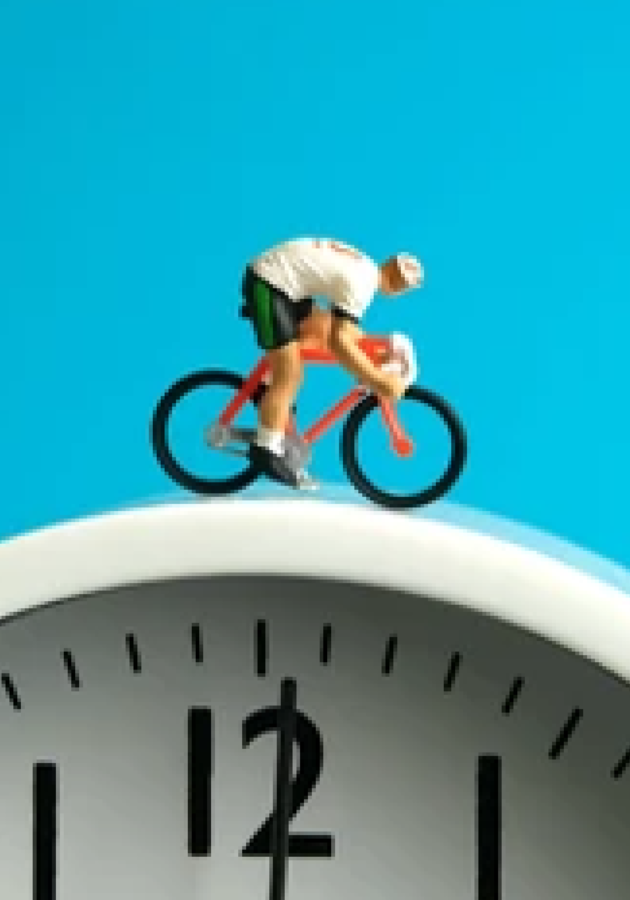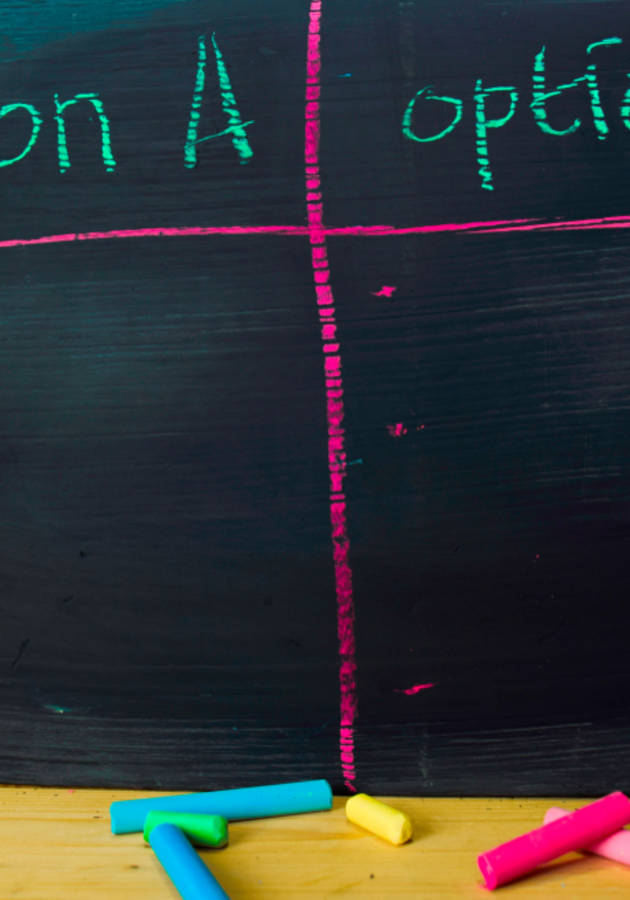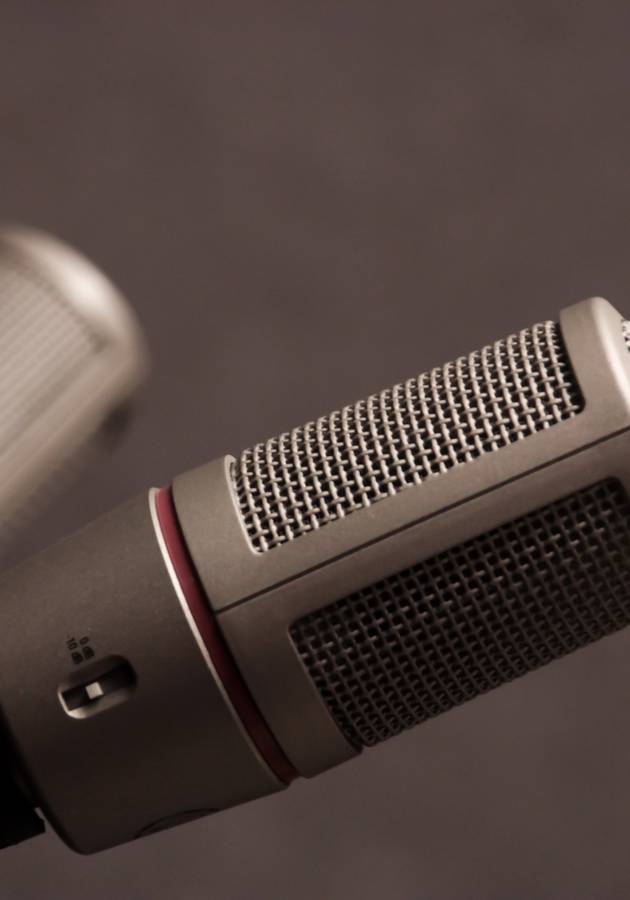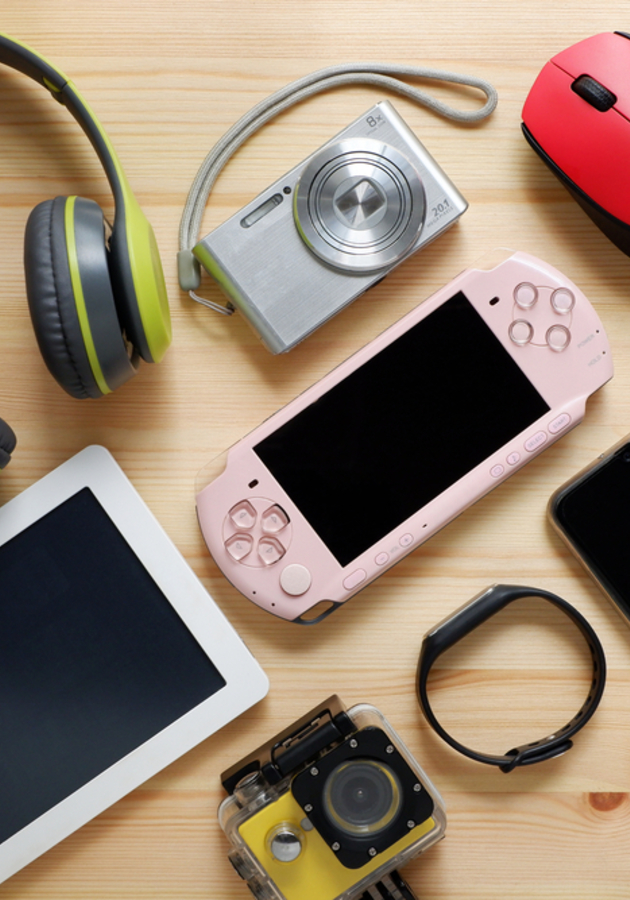Everyone wants to create some kind of change in their lives: exercise more, eat healthier, reduce stress, spend more time with their friends. Yet, very few actually succeed in changing things according to their desires. Now, why is that? Most people feel it must be their own fault. In “Tiny Habits,” Stanford behavior scientist BJ Fogg says it rarely is. The problem, he explains, is actually with our approach to change: it’s a design flaw – not a personal flaw. Get ready to discover what that means, and what you can do to bridge the gap between “want” and “do”!
Tiny habits
Imagine being tasked with putting together a chest of drawers with faulty instructions and parts missing. You would feel frustrated, wouldn’t you? But would you blame yourself? Of course you wouldn’t! You would blame the manufacturer instead. Yet, as BJ Fogg writes, “When it comes to failed attempts at change, we almost never blame the ‘manufacturer.’ We blame ourselves.” The reason? We feel that motivation is enough. In other words, we feel that failing in something is the result of us not wanting that something enough. But that, right there, is the problem: the mindset itself. With the right mindset and the right approach, building habits and creating positivity isn’t difficult; it’s actually fairly easy.
To be able to design successful habits and change your behaviors, you should do the following three things: 1) Stop judging yourself; 2) Take your aspirations and break them down into tiny behaviors; and 3) Embrace mistakes as discoveries and use them to move forward. This is the starting point of BJ Fogg’s “Tiny Habits” process, a system based on how human psychology really works. Boiled down to a single sentence, its essence can be formulated thus: “Take a behavior you want, make it tiny, find where it fits naturally in your life, and nurture its growth.” The keyword, as should be obvious by now, is “tiny.” And there are a few reasons why.
First of all, tiny is fast. When life is as high-speed as it is today, nobody has 30 minutes each day to exercise regularly. That’s why the “Tiny Habits” process is all about actions that can be done in less than 30 seconds! Secondly, tiny is safe: our brains are built to contest big, uncomfortable changes, but they don’t even bother with small ones. The good news is that the former are composed of the latter, so over time, tiny will inevitably grow big. Tiny is also great because it doesn’t rely on motivation. When something is small, it’s easy, and when something is easy, willpower becomes irrelevant. Speaking of, tiny allows you to start right now. Want to do that? Well, here’s a good habit to kick things off: each morning, after putting your feet on the floor, say the following phrase: “It’s going to be a great day!” You got it! Now, you’re in the right mindset!
The elements of behavior
According to the Fogg Behavior Model, all human behaviors are driven by three variables: motivation, ability and prompts. Motivation is your desire to do something, ability is your capacity to do it, and, finally, prompt is the cue that triggers it. Only when these three elements come together a certain behavior can happen. Here’s a good example. In 2010, millions of people donated to the American Red Cross in response to the massive earthquake that hit Haiti. Why? Because many people wanted to help the victims of this devastating disaster. So, motivation – checked! Also, because it was easy to donate: you could do that just by sending a text message. Ability, checked as well! Last but not least, because there was a trigger: the Red Cross sent text messages to all Americans inviting them to donate. Prompt – checked too!
The Fogg Behavior Model is the key to unlocking the mystery of human behavior and your main tool to change your habits. Not only does it show what behaviors are made of, but it also reveals the relationships between the three elements. In plain English, it makes evident the following four things:
- The more motivated you are to do a behavior, the more likely you are to do the behavior. When motivation is high, adrenaline is high as well, so a mother can lift a car up if it means saving her kid’s life. The opposite, unfortunately, is also true: when motivation is low, nobody can do anything unless it’s very easy. Most of the time – and this is very, very important – we are not motivated enough to introduce any changes in our lives.
- The harder a behavior is to do, the less likely you are to do it. It’s not that you particularly like scrolling in bed for hours – the habit is just too easy to not do. Reading a book, on the other hand, is difficult and takes time. So, no matter how much you might like to read Tolstoy tonight, you’ll probably end up scrolling endlessly through Facebook. Remember, the easier a behavior is to do, the more likely the behavior will become a habit.
- Motivation and ability work together like teammates. With relation to your habits and behaviors, motivation and ability are inversely proportional. Meaning, the less you have of one, the more you’ll need of the other to do something. Understanding this relationship is key to understanding your ability to change.
- No behavior happens without a prompt. Regardless of your levels of motivation and ability, lest you have a prompt, you won’t act. The opposite is also true: you can disrupt a behavior just by removing the prompt. Don’t want to fall asleep while scrolling through Facebook? Just lock your phone in a drawer before going to bed. It’s not difficult, is it?
Motivation: focus on matching
Even though most people believe that motivation is the true engine of behavior change, as we just explained, it’s actually just one of the three elements that drive behavior. The problem is that motivation is also the least reliable of the three, and the only one over which we have limited control. In the memorable words of BJ Fogg, “Motivation is like a party-animal friend. Great for a night out, but not someone you would rely on to pick you up from the airport.” That’s why, if you want to acquire a new habit, contrary to popular advice, you won’t need to build a habit-changing routing around rewards and incentives. Rather, you will need to learn how to pick behaviors that don’t rely on motivation.
You see, motivation comes in waves. High levels of motivation are great if you need some help to do a difficult thing once, but unsustainable if you want to obtain a new habit. In other words, motivation might help you keep all ten of your New Year’s resolutions on January 1st, but you’ll need a lot more than motivation to keep them throughout the month, let alone the year. As you know full well from experience, shifts in motivation happen quickly. You want to buy a Santa hat badly on Christmas Eve, but on December 26th it’s the last thing on your mind. If your motivation endures – say, you always want to look good to your friends – then it’s not really motivation, but an aspiration. Aspirations are usually good things, but unless you learn to control them, they might start controlling you.
That brings us to the first step of Behavior Design, Fogg’s seven-step process to transforming your life. The first three steps of Behavior Design are designed to help you outsmart your motivation. Start by getting clear on your aspirations. Ask yourself: What do you want? What is your dream? What do you want to achieve? Next, start exploring behavior options by drawing a mind map. Write your aspiration in the middle of your diagram and then start listing associated ideas and behaviors. Finally, match yourself with specific behaviors. Don’t just do what worked for someone on YouTube or a friend. Rather, do what you think you can, what you know you want to do, and what you’re sure will help you toward your aspiration. Fogg calls behaviors which meet these three criteria Golden Behaviors. Find them easily using a matrix map.
Ability: easy does it
There are many reasons why one innovation might fade into obscurity, while another, quite similar, might take over the world. Talent, vision, money, and luck are mentioned quite often. What isn’t – is simplicity. Google is more successful than Yahoo!, among other things, because it is simpler, and because it is only simplicity that can change behavior. Despite this, most people approach change with that old mantra in mind: “go big or go home.” So, rather than starting with a single push-up, they sign up for gym memberships and spend a lot of money on equipment. The problem is, we aren’t built to change abruptly and in giant leaps. Not that we can’t, but it isn’t the optimal way. For most people, the only road to change is thinking tiny.
This is the fourth step in Behavior Design, the only one related to the second element of behavior – ability. In terms of difficulty, all behaviors can cause you some kind of trouble, whether in relation to your free time, your schedule, your financial means, your physical capability, or your mental energy. Fogg calls these five elements – the five Ability Factors. Breaking down complex behaviors into tiny actions means lasering in on which of these factors is likely to cause you the most trouble, as “your Ability Chain is only as strong as its weakest Ability Factor link.” To discover this weakest Ability Factor, ask yourself the following two questions: 1) What is making this behavior hard to do? and 2) How do I make this behavior easier to do?
There are, essentially, three approaches to making a behavior easier to do. First of all, you can increase your skills. Obviously, when you are better at something, it’s easier to do said something. However, if you don’t have the energy to skill up, you can always try getting the relevant tools and resources to dumb down the behavior. In the words of Fogg, “Something as small as unwashed lettuce or mismatched Tupperware lids can be the difference between bringing a salad to work and grabbing a burger.” Finally, you can break down the behavior into the simplest steps possible. There are two ways to make things tiny. The first is starting small – with “one small move toward the desired behavior.” So rather than making 20 pushups – make one. Trust us, you won’t stop there. You can also make things tiny by scaling a behavior down. For example, commit to flossing just one tooth after eating. Once again, you won’t stop there.
Prompts: the power of after
There’s a reason why most people cannot resist clicking on an app with a little red number on it – that feature has been specifically designed to hack the way into the human brain. That red number is a prompt, just like the green light on the traffic lights or the smoke alarm installed at your office. Whether natural or designed, prompts are “the invisible drivers of our lives.” And they always say the same thing: “Do this behavior right away.” Literally no behavior ever happens without a prompt, regardless of motivation or ability. That can often be a bummer in life, but it can also be a game-changer. Namely, sometimes all you have to do to disrupt a bad habit is to remove the prompt causing it. Even better, merely finding a good prompt can help you acquire a good habit.
That is the fifth step of the Fogg Behavior Model. Finding a good prompt may not be not as easy as 1-2-3, but it is certainly as easily memorable as A-B-C, because that’s precisely the acronym Fogg uses to sum up the process. A stands for identifying your anchors, that is to say, for finding an existing routine (like brushing your teeth) or an event that happens often (like a phone ringing) to which you’ll attach your new habit. B is for breaking down that habit into super tiny and super easy behaviors (such as flossing one tooth or doing two push-ups) which you’ll do immediately after the anchor moment. Finally (and this is the sixth step of the Fogg Behavior Model) C stands for celebrating immediately after doing the new tiny behavior. So, anchor – behavior – celebration. A-B-C.
Celebrating two pushups may seem ridiculous, but it’s actually important. Because, in essence, it is neither repetitions nor frequency that creates habits, but emotions. Why? Because it is emotions that make behaviors more automatic. “When you are designing for habit formation, you are really designing for emotions,” writes Fogg. However, you must remember that habit formation isn’t a one-off event, but a long process. That’s why the final, seventh step of the Fogg Behavior Model is “troubleshoot, iterate, and expand.” The last two are self-explanatory. To troubleshoot a behavior, you need to follow these three steps, in the order they are presented here: 1) Check to see if there’s a prompt to do the behavior; 2) See if you have the ability to do the behavior; 3) See if you are motivated enough to do the behavior. As you can see, motivation comes last, not first. So, quite literally, the Fogg Behavior Model turns the science of habit formation upside down!
Final notes
BJ Fogg is one of the most renowned habit experts in the world, and “Tiny Habits” proves this. In addition to being nicely structured, the book is also quite simple and immensely practical. Rather than prescribing exact habits, it shares a breakthrough method for wiring in any habit you might want. Together with Charles Duhigg’s “The Power of Habit” and James Clear’s “Atomic Habits,” probably one of the best books on the subject. Recommended.
12min tip
Help yourself do what you already want to do. Find a good prompt, anchor a tiny habit to it – such as flossing one tooth – and stop worrying about rewards and motivation!





























